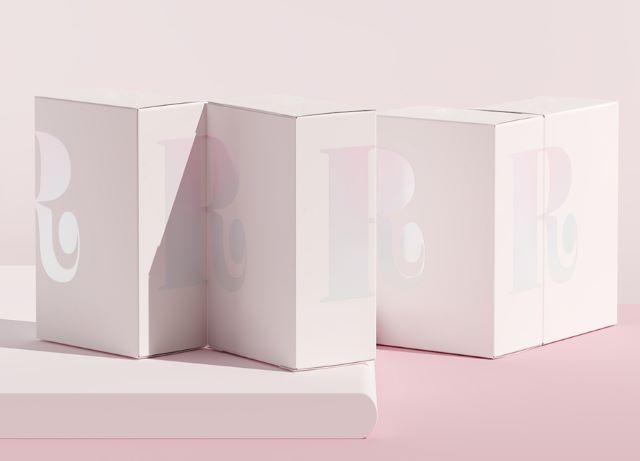A UV coating consists of a clear liquid applied to paper substrates. It can then be cured with ultraviolet light to create a high gloss surface effect.
After printing with a UV coating machine, the UV coating process takes place.
UV coatings can bring your artwork to life and give your packaging a more modern look.
Let’s get into the details of the UV process and how to incorporate it into your custom packaging project.
Spento Paper LLP is leading duplex board paper manufacturer and exporter company.we provide wide range of UV coating packing.we manufacturing two type of duplex board paper like coated gray back and white back
The UV Coating Process
UV coatings are a popular finish for packaging.
This clear liquid compound is made up of the following ingredients. It bonds well to packaging surfaces.
- Calcium
- Carbonate
- Kaolinite
- Polyethylene
A silkscreen or roller is used to evenly distribute the liquid compound across a surface.
After the coating has been applied, ultraviolet light cures it. In a matter of seconds, the coating is completely dry.
UV coatings are water resistant, so they are a popular choice to protect the durability of packaging surfaces.
You can apply the UV coating to any surface or just to certain surfaces.
What is Spot UV?
Spot UV printing uses the same liquid compound that UV coating.
It applies only to specific areas and not to all packaging.
This could include logos, text, or images.
Spot UV highlights important elements and adds dimension to packaging designs.
Also Read: Can I apply for EU citizenship in the United Kingdom?
What are the most common uses of UV Coatings?
UV coatings can be used for any type of paper product.
It works best with thicker, heavier paper weights such as rigid-set boxes or corrugated packing.
UV coatings are a great way to enhance artwork and bring them to life.
This is why luxury packaging will likely have this finish to give it an extra high-quality look.
The e-commerce sector has also been increasing the use of this coating technology to increase the tensile strength in their packaging during transit.
Types Of UV Coating
Listed below are some options you can choose from depending on how you want your UV-coated printed boxes to look.
Gloss UV
GlossUV, as its name implies, is the glossiest coating.
Gloss UV is a great option if you want a brilliant gloss and beautiful patina.
You can avoid creating highly reflective surfaces (and thus less legible) and a high-shine finish by reserving gloss UV coatings for spot-UV printing.
Matte UV
Matte finishes give off an air of luxury and elegance.
You can also apply matte spot UV to certain areas you want to highlight.
Flood protective UV can also be used. This covers the entire sheet and gives off a vivid, rich effect.
But matte UV can be fingerprint-prone, so it might not be the best choice for all products.
Pearlescent UV
This coating gives off an iridescent glow.
This effect is achieved by combining Gloss UV coatings and metal dots of different colors.
It has an iridescent appearance that is commonly used in cosmetics packaging.
Orange Peel UV
Orange peel UV combines a raised design and a textured finish to create visual interest and a unique tactile experience.
Textured packaging adds an extra dimension to your product. It is both eye-catching and fun to use.
The Advantages and Disadvantages Of UV Coating
The use of UV coating has many advantages and disadvantages.
Advantages
- Bold and striking: The UV coating gives the product or packaging a vibrant, high-gloss finish that can dramatically enhance its visual appeal.
- Scuff resistance: This coating is more resistant to scratches than varnishes and aqueous coats. Although UV-coated items are resistant to abrasion, the type of coating can also affect the smudge resistance.
- Quick drying: This allows for faster drying and lower lead times.
Disadvantages
- Chemical Burning: UV coatings can be vulnerable to a chemical burn, depending on the color of the PMS.
- Defective quality and appearance: A badly set up printing process can lead to a print that is not as good as it should be.


